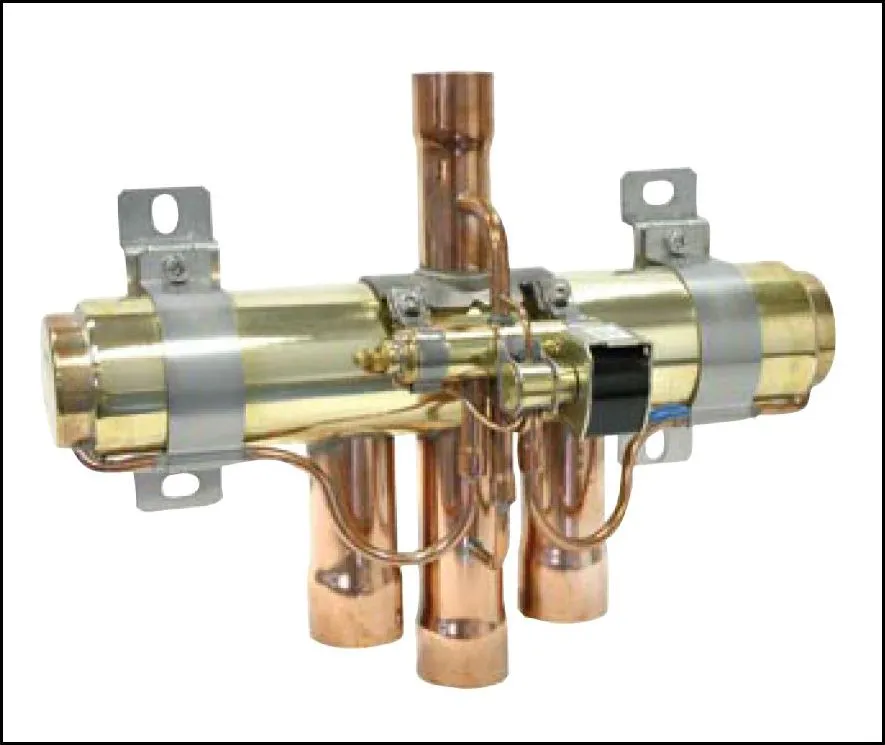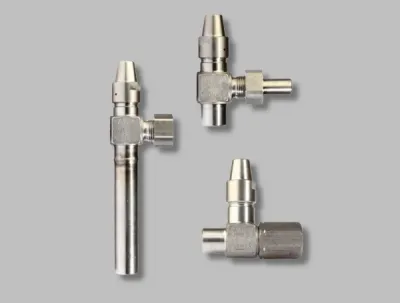Structure, function, assembly and use of 4-way reversing valves
Components
4-way reversing valves
4-way reversing valves

construction
A 4-way reversing valve has four pipe connections. Three of these connections are placed on one side and one on the opposite side. The three copper pipe connections have a larger diameter than the single one on the opposite side. The middle of the three large connections is permanently on the suction side and the
Contents
Service Ad
Energy consultants
Commercial refrigeration
Commercial refrigeration
Programmers
Expert refrigeration system
cold.world ENGINEERING
Köpenicker Straße 325
Haus 11
12555 Berlin
Germany
Jobs





